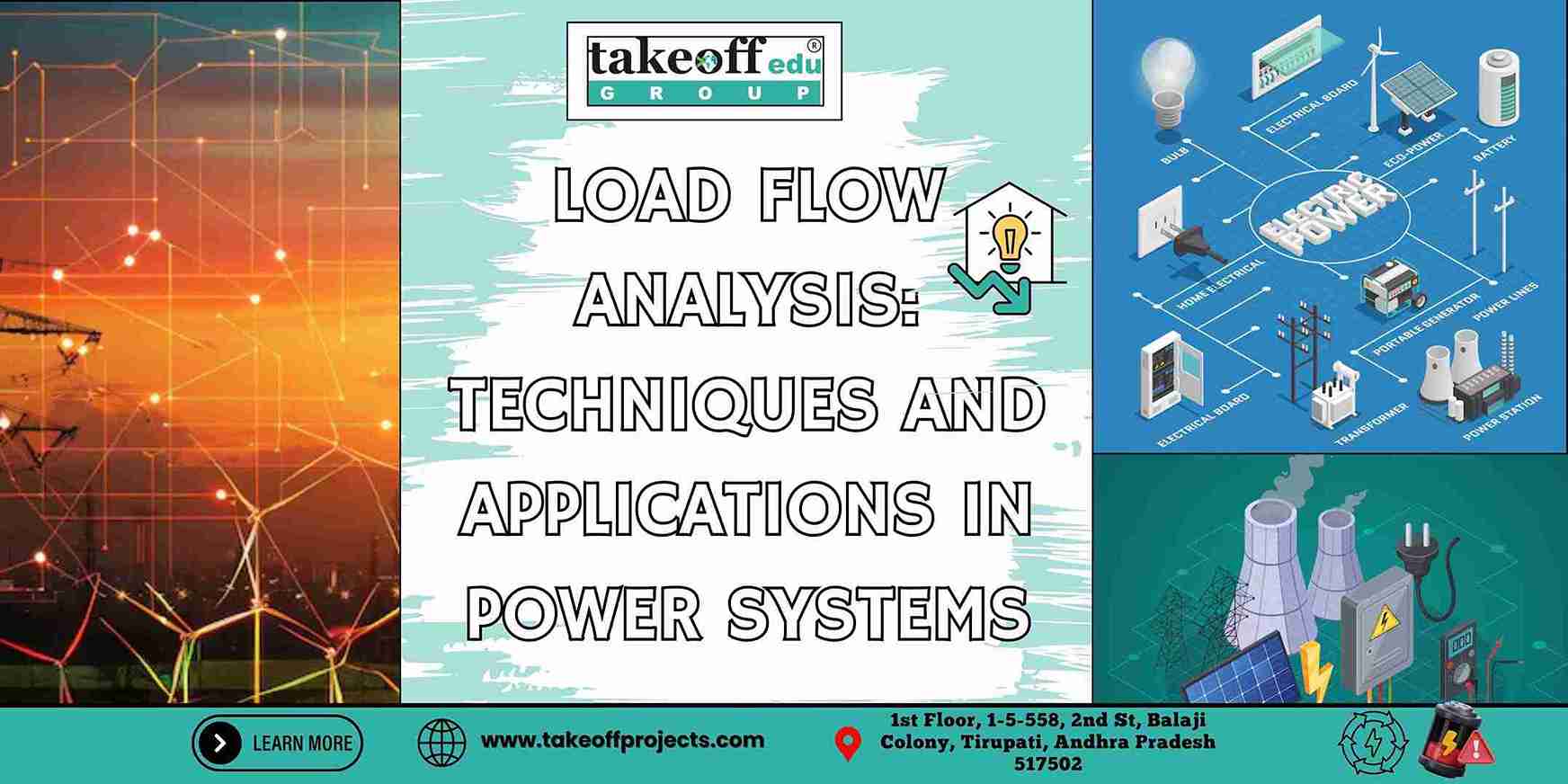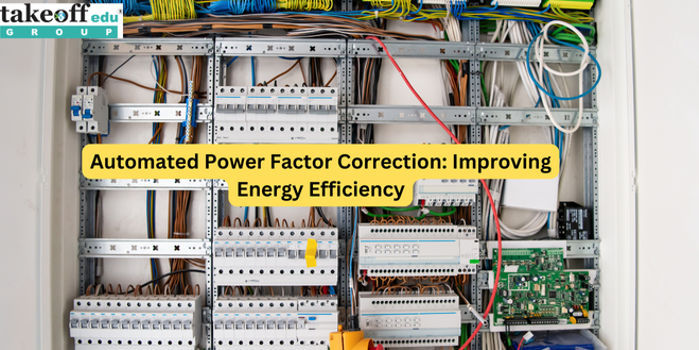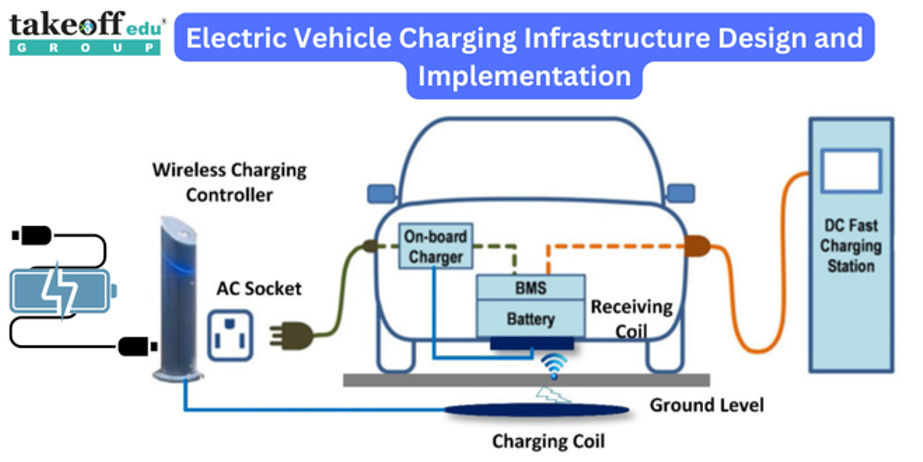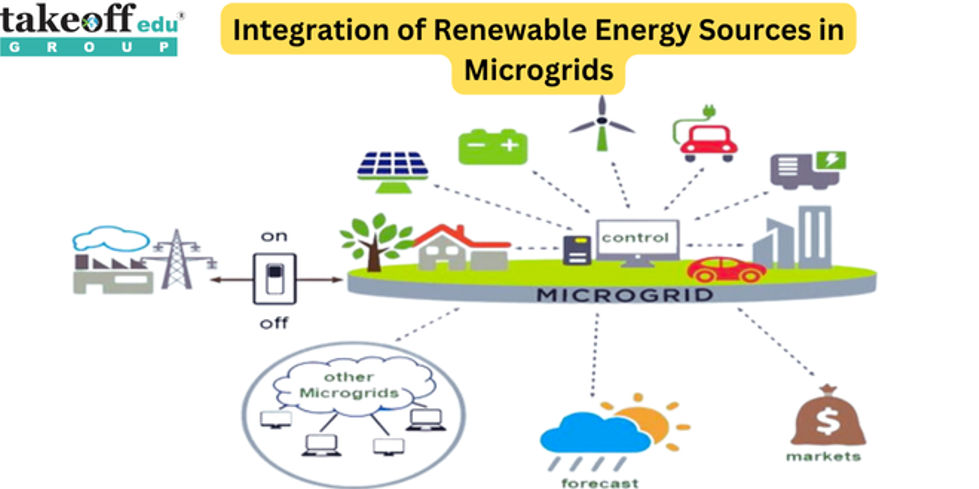Introduction
In today's world of automation and smart technologies, control systems are essential in Assisting machines and processes to function in an efficient, safe and precise manner. Control systems are incorporated into an endless number of applications, ranging from daily devices to advanced aerospace control systems.
This blog post covers the fundamentals of control systems in terms of what makes one tick and real life applications. Its purpose is to establish a solid baseline of knowledge for students, engineers, and anyone else with a curiosity about technology.
What is a Control System?
A control system functions as the machine's brain. It monitors, regulates, and directs all activity to keep the machine performing as desired. It all starts with an input, which takes data from the environment, then uses some methods, rules, or algorithms to process the input, and produce an output.
It is usually categorized into two leading types:
• Open-Loop Control System: These systems operate purely on input without any feedback. The system performs an action depending on the input.
Example: A washing machine that completes one cycle irrespective of the load or dirt.
• Closed Loop Control System: Also known as feedback systems; these systems use feedback associated with the output to change or adapt input.
Example: A heater that is controlled by a thermostat, which adjusts its output based current temperature of the room.
Core Principles of Control Systems
It is important for the design and analysis of all automated systems to understand the principles of control systems.
1. Feedback
Feedback is a process where a fraction of the output signal (Y) is directed back to the input (X) to influence system control action. The feedback mechanism will help to correct for errors and is the vital element of keeping the output at the desired level.
• Negative Feedback: Decreases deviation from the desired output signal.
• Positive Feedback: Once the deviation is enhanced, it usually results in amplification.
2. Stability
Stability typically refers to a system's ability to return to equilibrium after experiencing the disturbance. Stability analysis is necessary to ensure that there is no undamped oscillation resulting in a continuous deviation or divergence.
3. Control Strategies
Control systems are applied across various industries and applications:
• Proportional (P): Correcting errors as they relate to the current state of errors during performance.
• Integral (I): Past error is eliminated.
• Derivative (D): Future error is predicted.
Various combinations of the three can be utilized to finely control complex systems.
Applications of Control Systems
It is the foundation of modern-day engineering practices. It offers:
1. Automotive
• Cruise Control: A control system that keeps a vehicle's speed consistent by changing throttle position.
• ABS (anti-lock braking systems): A control system that modulates brake pressure using feedback control loops. ABS essentially establishes feedback control to prevent wheel locking up when braking.
2. Aerospace and Defense
• Autopilot Systems: Control systems that modify the position and trajectory of an aircraft.
• Missile guidance: However, control systems can track and intercept a target by a missile with precision.
3. Industrial Automation
• Robotics: Industrial robots are control systems, as a means of doing precision motion control.
• Process control: In industrial manufacturing scenarios with control systems, products can be made consistently by automatically controlling pressure, temperature, and chemical concentration to remain at a set point.4. Consumer Electronics
• Household appliances: Innovative devices including air conditioning units, refrigerators and washing machines are also control systems.• Smart devices: IoT (Internet-of-Things) devices can also direct feedback control implementations from control systems which could possibly improve the Internet-of-Things performance in real-time by machine to learn how to use algorithms.
Importance of Control Systems in Engineering
Control systems stand at the very center of modern-day industrial engineering. They provide for:
• Automation: An effective way to reduce the human intervention in repetitive tasks.
• Efficiency: An energy and resource-saving technique.
• Accuracy: The ability to produce correct outputs, even in complex conditions.
• Safety: To continuously provide stable and safe operational conditions.
One can argue that with the advent of AI, machine learning, and IoT, control systems are changing how traditional manufacturing and operational processes are carried out as we enter Industry 4.0.
Learning Control Systems: Where to Start
Here are some topics I would suggest an aspiring control systems engineer to start looking into.
• Mathematics and physics: Including linear algebra, differential equations and system dynamics.
• System modeling: studying modeling mechanical and electrical systems by means of transfer functions.
• Simulation tools: testing and visualization using software such as MATLAB/Simulink or LabVIEW in real time.
• Design techniques: study design techniques of frequency response-Bode plot, Nyquist-and of time domain-root locus, step response.
You can also gain hands-on experience by online courses, university textbooks, and project work.
Conclusion
Control systems enable today’s conveniences to operate and function well. If you become familiar with a few simple concepts including feedback, stability, and control logic, you will be able to create effective solutions in fields ranging from aerospace, automotive and home automation. Furthermore, as we progress toward more technology in our lives and with the need to control it, we will need control systems to manage the innovation, safety and efficiency in our daily activities.

 Power Electronics for Smart Grids: Enhancing Efficiency
Power Electronics for Smart Grids: Enhancing Efficiency  Control Strategies for Electric Drives: An Overview
Control Strategies for Electric Drives: An Overview  Electric Drives: Fundamentals & Key Components
Electric Drives: Fundamentals & Key Components  Applications of Power Electronics in Renewable Energy Systems
Applications of Power Electronics in Renewable Energy Systems  Designing Efficient Power Converters: Tips and Techniques
Designing Efficient Power Converters: Tips and Techniques  Advances in Power Semiconductor Devices
Advances in Power Semiconductor Devices  Power Electronics: Key Concepts and Applications
Power Electronics: Key Concepts and Applications  Cybersecurity in Power Systems: Protecting Critical Infrastructure
Cybersecurity in Power Systems: Protecting Critical Infrastructure  The Evolution of Power Transmission: From AC to HVDC
The Evolution of Power Transmission: From AC to HVDC  Impact of Energy Storage on Power System Management
Impact of Energy Storage on Power System Management  Load Flow Analysis : Techniques and Applications in Power Systems
Load Flow Analysis : Techniques and Applications in Power Systems  Microgrids: Enhancing Resilience and Efficiency in Power Systems
Microgrids: Enhancing Resilience and Efficiency in Power Systems  Innovative Technologies in Power System Protection
Innovative Technologies in Power System Protection  Challenges and Solutions in Power System Stability
Challenges and Solutions in Power System Stability  Final Year Electrical Engineering Project Ideas for College Students
Final Year Electrical Engineering Project Ideas for College Students  The Role of Renewable Energy in Modern Power Systems
The Role of Renewable Energy in Modern Power Systems  Smart Grids: Revolutionizing the Future of Power Systems
Smart Grids: Revolutionizing the Future of Power Systems  Automated Power Factor Correction: Improving Energy Efficiency
Automated Power Factor Correction: Improving Energy Efficiency  Powering the Future: A Renewable Energy Harvesting System
Powering the Future: A Renewable Energy Harvesting System  Smart Grid Solutions: Enhancing Electrical Distribution Efficiency
Smart Grid Solutions: Enhancing Electrical Distribution Efficiency  Electric Vehicle Charging Infrastructure Design and Implementation
Electric Vehicle Charging Infrastructure Design and Implementation  Integration of Renewable Energy Sources in Microgrids
Integration of Renewable Energy Sources in Microgrids  Electrical Projects Engineering Students
Electrical Projects Engineering Students  M.Tech Thermal Engineering Projects
M.Tech Thermal Engineering Projects  IEEE Projects for Electrical Engineering
IEEE Projects for Electrical Engineering  Mini Projects for EEE
Mini Projects for EEE  Mini Projects for Electrical Students
Mini Projects for Electrical Students  Top Electrical Projects for Final Year Students
Top Electrical Projects for Final Year Students  10 Interesting Projects for Electrical Engineering Students 2022
10 Interesting Projects for Electrical Engineering Students 2022  7 Trending Power Systems Based Projects for EEE
7 Trending Power Systems Based Projects for EEE  Top 10 Power Electronics Projects for EEE
Top 10 Power Electronics Projects for EEE  Top 16 Electrical Engineering Projects
Top 16 Electrical Engineering Projects 
 Paper Publishing
Paper Publishing


